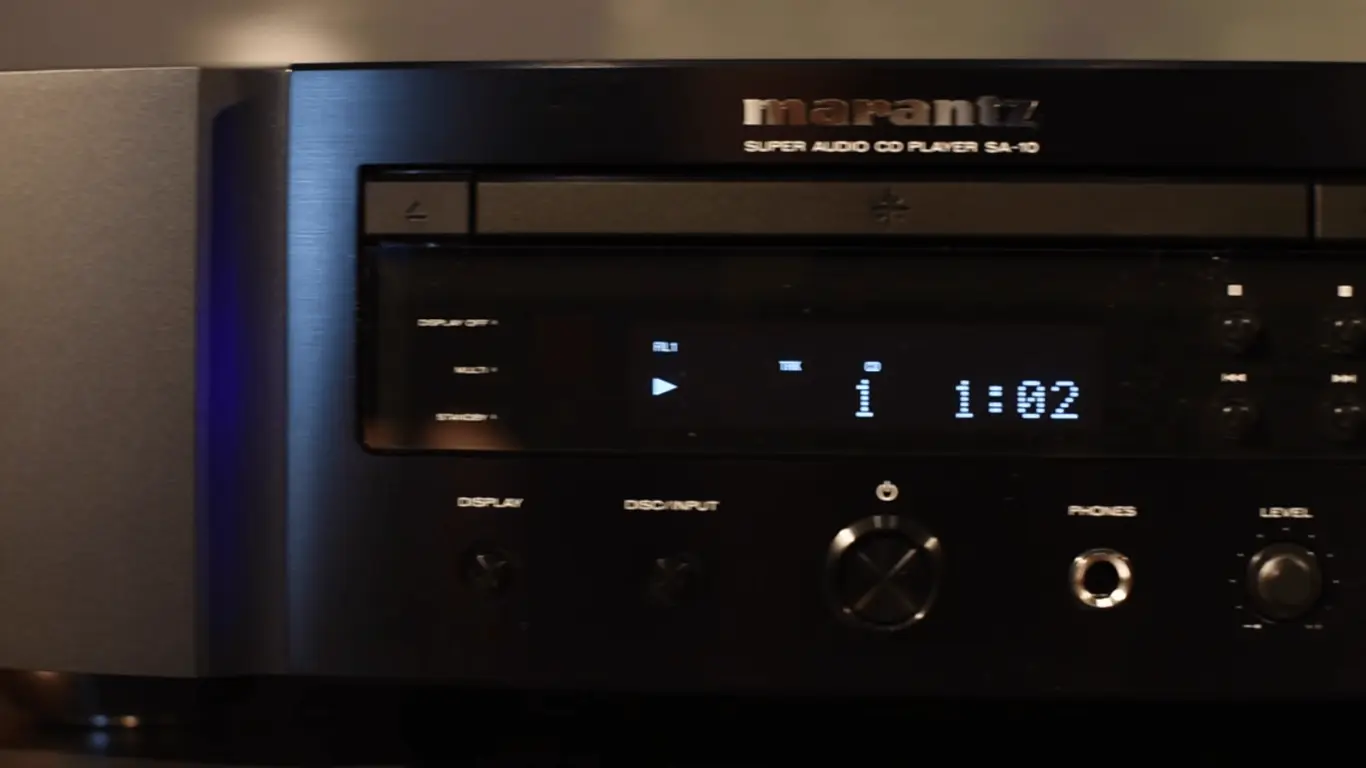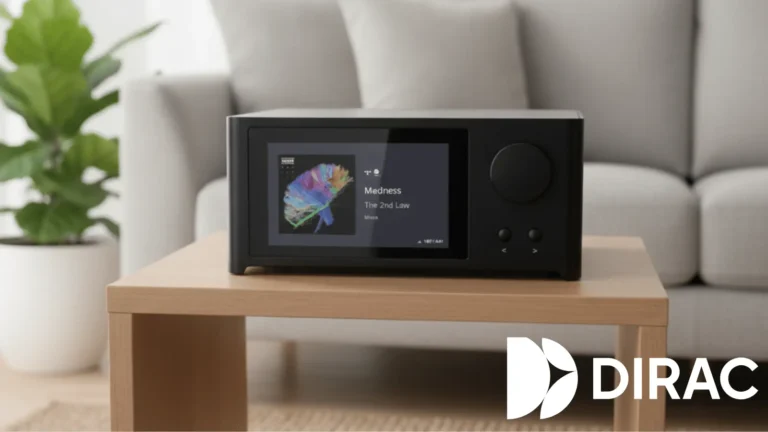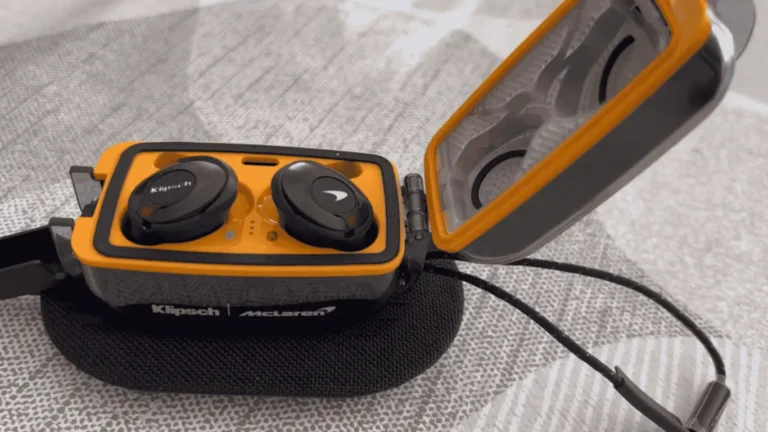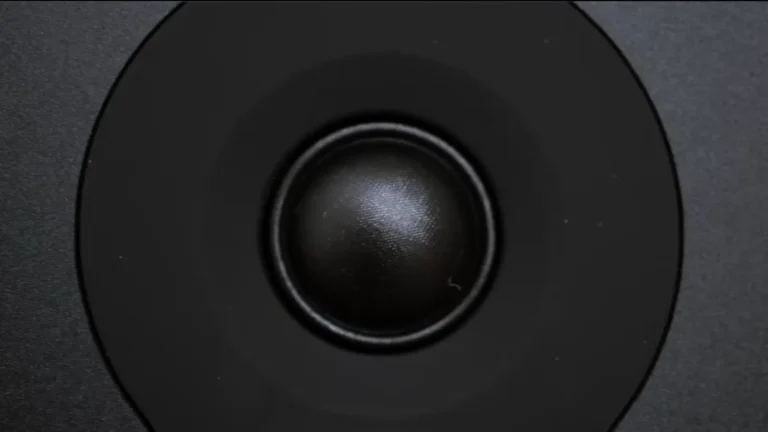I Went to Plan a Halloween Party and Ended Up Testing the Marantz SA-10
It all began while planning for the upcoming Halloween. I’d gone to visit my cousin in Brooklyn, who works at Urban Earth Studios, so I was hoping to get some inspiration for a spooky backyard theme. We were sitting on his porch, sketching out prop ideas over coffee, when something inside caught my attention: a gleaming, gold-accented piece of audio gear sitting beside a pair of KEF R7 speakers. The logo was unmistakable: Marantz.
As someone who’s been fascinated by Marantz’s legacy for years, I couldn’t resist. My cousin laughed when he saw me staring and said, “I was wondering when you’d notice.” A few minutes later, I was in his listening room, remote in hand, ready to experience the Marantz SA-10 for the first time. I didn’t plan to review it that day, but sometimes, the best reviews happen when you least expect them.
Design and Build Quality
Before even pressing play, the SA-10 commands attention. It’s built like a vault, dense, silent, and mechanically perfect. The chassis features a double-layer, copper-plated design with thick aluminum panels that effectively suppress vibration and external interference. Everything about it feels handcrafted rather than mass-produced.
Check Out: Marantz CD6007 Review
The front panel exudes understated luxury: a smooth champagne-gold finish, a perfectly centered porthole display, and cleanly sculpted buttons that click with reassuring precision. Around back, you’ll find a meticulously laid-out array of outputs, including fully balanced XLRs and premium RCA connectors, plus optical and coaxial digital inputs.
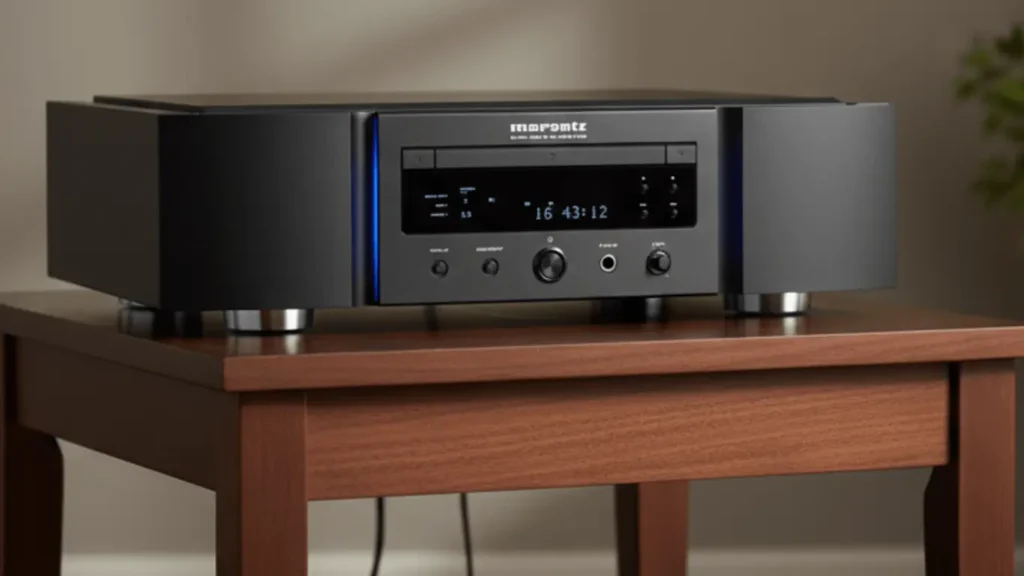
But what really sets it apart is the custom-engineered SACD-M3 transport. Marantz built this mechanism from scratch for ultra-precise disc reading. It’s quiet, almost eerily so, and designed exclusively for CD and SACD playback. No buzzing motors, no rattling trays; just pure mechanical refinement.
When you power it on, the soft glow of the display and the signature Marantz hue feel ceremonial, almost as if the machine is inviting you to take your time and enjoy the moment.
Technology and Engineering
Under the hood, the Marantz SA-10 represents a complete rethinking of digital playback. Instead of relying on an off-the-shelf DAC chip like ESS or AKM, Marantz went fully bespoke with what they call Marantz Musical Mastering (MMM).
Here’s what makes it special:
All incoming digital signals, whether PCM or DSD, are upconverted to DSD256 (11.2 MHz), then processed through a custom filtering and conversion stage. The conversion from digital to analog happens without using a conventional DAC chip at all. This approach gives the sound a distinct analog-like smoothness, free from the harsh edges that plague many high-end digital players.
Every part of the circuit is dual-mono, and the power supply is separated for analog and digital sections. The analog output stage uses Marantz’s signature HDAM-SA3 modules, known for their speed and musicality. The result is a component that feels more like an analog preamp with digital inputs than a conventional CD player.
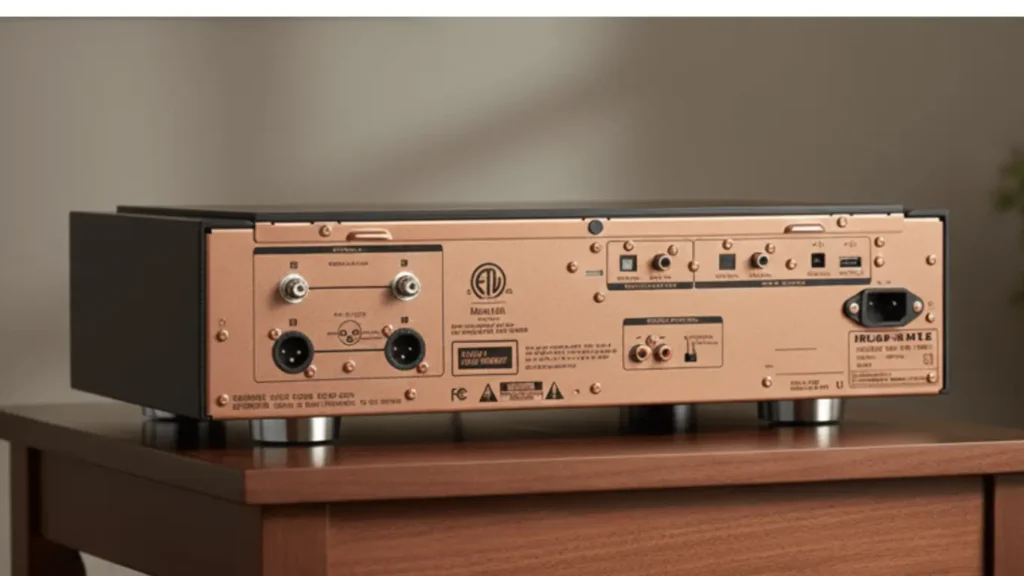
Sound Quality
The moment I pressed play, I knew this was something different. The SA-10 doesn’t impress you with exaggerated detail or hyper-sharp imaging; instead, it draws you in with a sense of effortless naturalness. Everything flows with grace.
Paired with the KEF R7, the synergy was magical. The SA-10 delivered a full-bodied, fluid presentation that leaned neither warm nor analytical, just deeply real. Vocals sat perfectly in the mix, smooth and rich without ever sounding veiled. Acoustic instruments, particularly strings and pianos, carried a weight and texture that made them feel alive in the room.
The midrange is the heart of this player. It’s lush, human, and emotionally communicative, that signature Marantz soul that keeps you listening for hours. There’s a subtle bloom that flatters vocals and acoustic instruments without sacrificing clarity.
The high frequencies are equally refined. Cymbals shimmer, violins soar, and ambient reverb trails off beautifully, yet there’s never a trace of fatigue. The treble here is pure silk, extended, detailed, but always musical.
Down low, the bass is taut, disciplined, and articulate. It doesn’t overwhelm or bloat; instead, it integrates perfectly with the rest of the spectrum. On tracks with deep electronic bass or upright jazz double bass, the SA-10 exhibits control that speaks volumes about its power supply stability and analog stage design.
What surprised me most was the soundstage. The presentation was grand and dimensional, not artificially wide, but naturally layered. Instruments occupied their own distinct space, with precise imaging and a sense of depth that let me almost “walk through” the recording. On well-recorded SACDs, the level of transparency was stunning.
Listening to high-resolution FLAC tracks, I could feel the player’s ability to extract microdetails without dissecting the music. It doesn’t make you listen to the sound; it makes you listen to the music.
Long Listening Sessions
I spent hours exploring different genres from ambient soundtracks to classic rock, jazz, and modern indie. What stood out most was how the Marantz SA-10 handled every recording with composure and depth, no matter the style. Albums like Arctic Monkeys’ AM, Depeche Mode’s Spirit, and Radiohead’s A Moon Shaped Pool came alive with breathtaking coherence and tonal balance. Each layer in their complex mixes of guitars, synth textures, and reverbs was rendered with remarkable clarity and emotional weight.
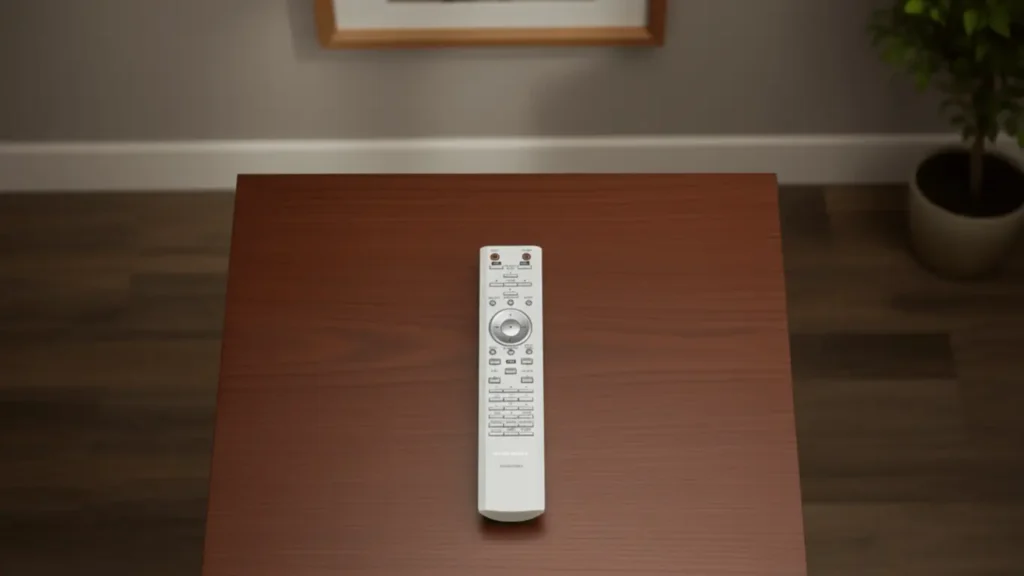
When I switched to Pink Floyd, especially Wish You Were Here and The Dark Side of the Moon, the SA-10’s ability to project a vast and immersive soundstage became unmistakable. The transitions between tracks felt fluid and cinematic, while the decay of each note hung beautifully in the air. Even after several hours of listening, there was no fatigue, just pure engagement.
That’s the real magic of the SA-10: it doesn’t just reproduce music; it invites you to stay in it. Even at lower volumes, the dynamic energy and tonal purity remained intact. The player maintained its sense of realism and scale, letting every recording breathe. It’s the kind of component that makes long sessions feel too short, a rare quality in the digital domain.
Conclusion
The Marantz SA-10 isn’t just another SACD player; it’s a statement of what digital can become when designed with passion and purpose. From its bespoke DAC architecture to its luxurious build, every part of it is engineered with one goal: to make music feel emotionally alive.
In a world obsessed with streaming DACs and fast firmware updates, the SA-10 feels refreshingly timeless. It’s a machine built for people who value listening, not scrolling, not skipping, but sitting down and letting music unfold as an art form.
Yes, it’s a significant investment, but it rewards you with something far rarer than specifications: soul.
As I finally left my cousin’s house that evening, the city already glowing in Halloween colors, I knew I’d just experienced something truly special. The Marantz SA-10 didn’t just sound beautiful; it reminded me why I fell in love with high-end audio in the first place.
Pros And Cons
Pros:
- Exceptional soundstage and detail retrieval
- Luxurious build with flagship-grade materials
- Smooth, natural tonality perfect for long sessions
- Superb SACD playback and digital input performance
Cons:
- Expensive for casual listeners
- No streaming or network features
Marantz SA-10 Specifications
| Feature | Details |
|---|---|
| DAC Type | Marantz Musical Mastering (MMM) 1-bit Conversion |
| Disc Compatibility | SACD, CD, CD-R/RW, DSD Data Discs |
| Digital Inputs | USB-B (PCM up to 384kHz/32-bit, DSD256), Coaxial, Optical |
| Analog Outputs | RCA (Unbalanced), XLR (Balanced) |
| Headphone Output | Dedicated High-Quality Headphone Amplifier |
| Frequency Response | 2Hz – 60kHz |
| Dynamic Range | 110dB (SACD), 101dB (CD) |
| Total Harmonic Distortion (THD) | 0.0008% (SACD), 0.0015% (CD) |
| Signal-to-Noise Ratio | 112dB (SACD), 104dB (CD) |
| Power Consumption | 50W |
| Dimensions (W × H × D) | 440 × 127 × 419 mm |
| Weight | 18.3 kg |

